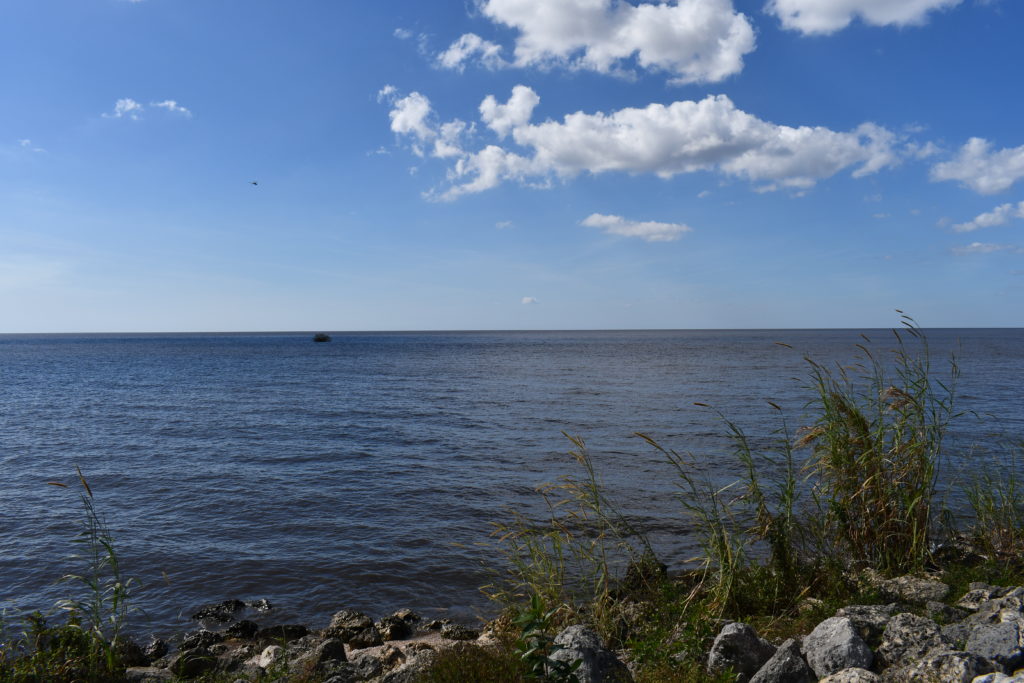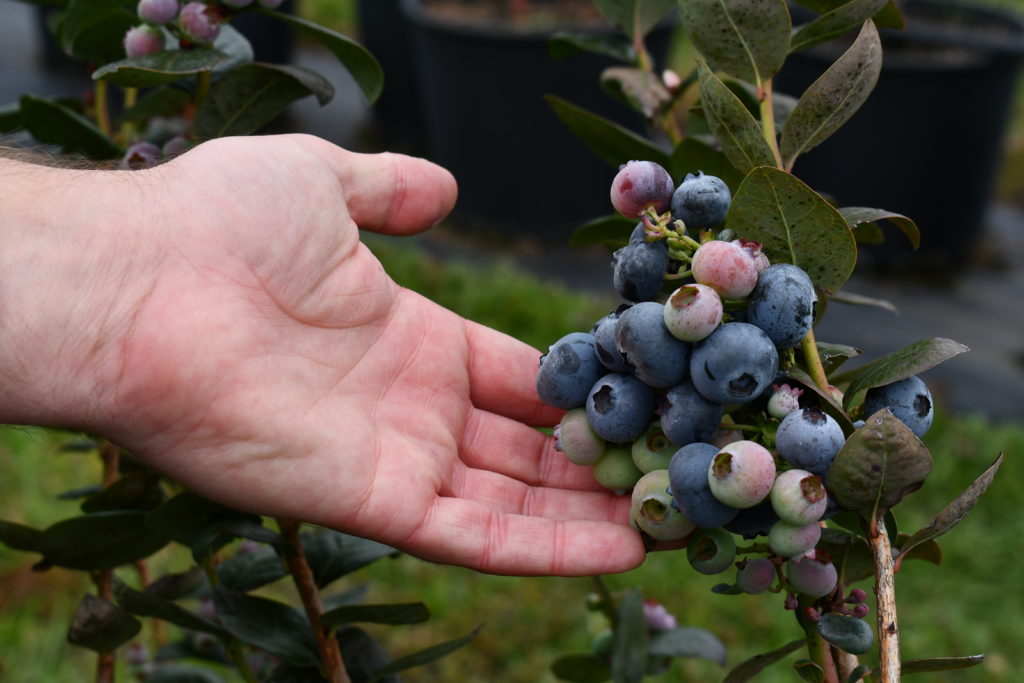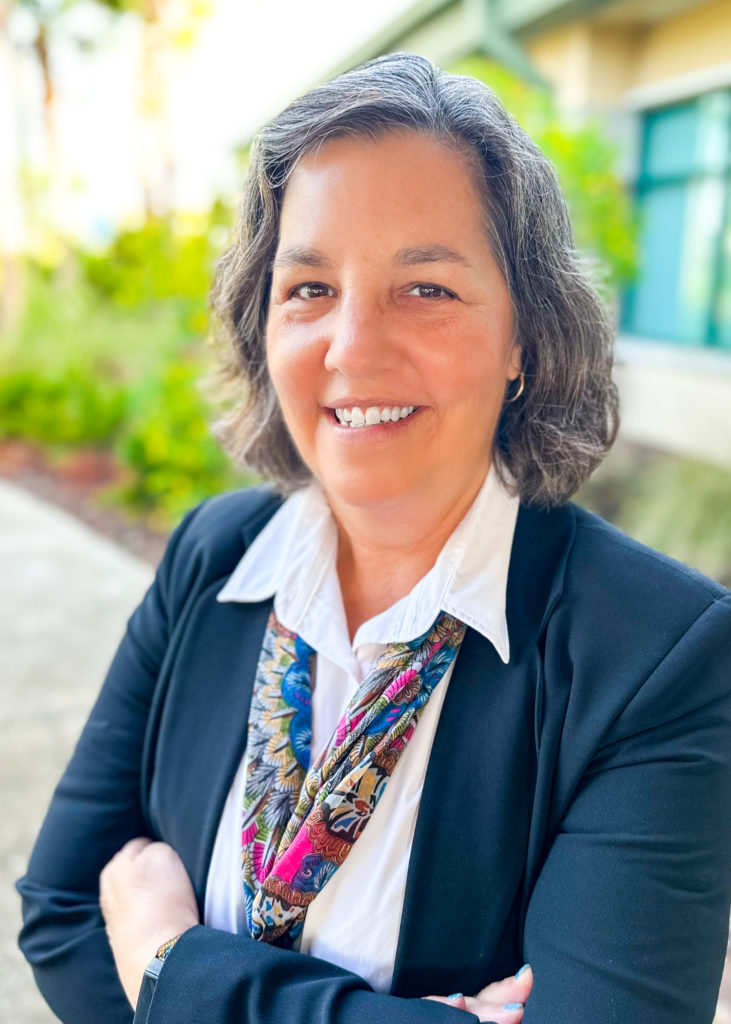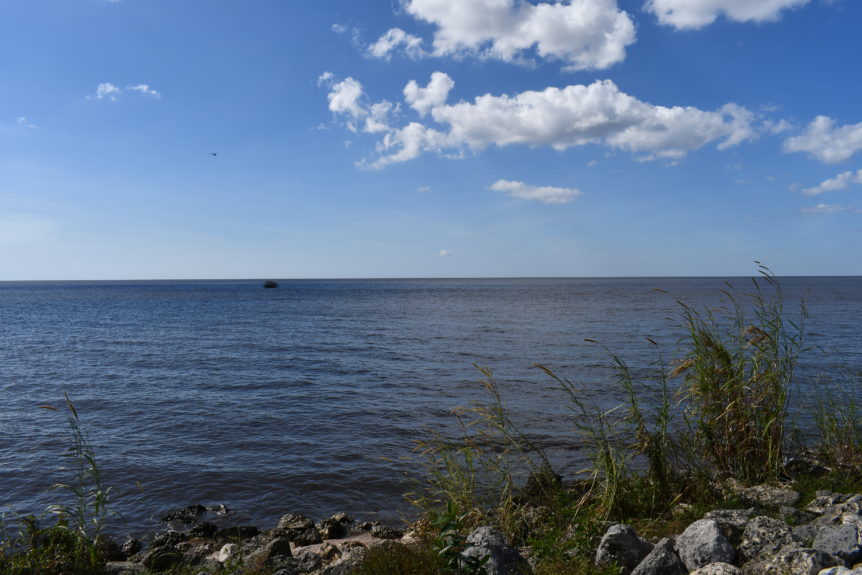By Frank Giles
Water quality and quantity are issues that cross all political and economic boundaries in Florida. When blue-green algae and red tides occur, they make front-page news and keep these challenges top-of-mind for all Floridians.

Agriculture and the water-quality debate have been closely intertwined over the years. As a large user of water for irrigation and the need to fertilize crops to make them productive, growers often get singled out in the debate. But growers have been proactive in the process and have worked to be a part of the solution to water issues.
BUILDING BETTER BMPs
During the 2022 Florida legislative session, SB 1000 was passed and signed into law. The bill allocated $8.8 million in funding to the University of Florida Institute of Food and Agricultural Sciences (UF/IFAS) to update fertilizer recommendations for key crops in the state. The revised recommendations will be the foundation for new best management practices (BMPs) updates from the Florida Department of Agriculture and Consumer Services (FDACS).
Work is well underway, according to Thomas Obreza, senior associate dean for UF/IFAS Extension. He is leading the project to update nutrient recommendations and says it is important to clearly define BMPs and UF/IFAS recommendations.
“UF/IFAS nutrient management recommendations are proposed by faculty after they conduct scientific trials at our research and education centers and on Florida growers’ fields,” Obreza says. “The UF/IFAS Plant Nutrient Oversight Committee reviews the researchers’ results and takes public comments before approving new recommendations. Once accepted, UF/IFAS maintains the recommendations and shares them with producers.
“The term ‘BMP’ can be used a couple of ways, one being generic and the other tied to the FDACS program administered by the Office of Agricultural Water Policy designed to allow for normal agricultural production while also protecting water resources. It is up to FDACS to determine what practices they accept as BMPs. In some cases, FDACS BMP manuals (e.g., sod) point directly to the UF/IFAS recommendation as the BMP. In other cases, the tie between the UF/IFAS recommendation and the BMP is less well-defined.”
By rule, UF/IFAS develops recommendations, while FDACS develops and adopts BMPs. SB 1000 calls for “recommendations on BMPs for supplying fertilizer to the crop to achieve maximum crop yield and quality goals of the grower while doing so in a manner that minimizes nutrient inefficiencies to the environment.”
Obreza says current UF/IFAS nutrient research is in line with that language in the law.
There are several crops now being studied for nutrient recommendation updates. Obreza says the two crops initially getting the most attention for possible updated recommendations are tomato and potato, because they have been studied the longest to date. Research is turning up some interesting results.
“The most interesting thing we are seeing is how vegetable crops are responding to soil phosphorus as measured by the standard UF/IFAS soil test,” Obreza says. “We are learning how the current ‘critical value’ of soil test for phosphorus lines up with crop response. We will adjust the calibration if our data shows the need. It has also been interesting to see positive responses of row crops like corn to enhanced efficiency nitrogen fertilizer. And we are also not surprised to see that water management is key in nutrient management.”
The water management aspect is critically important. Although the legislative language specifies fertilizer rate study, UF/IFAS is researching nutrient management using the “4Rs Plus One” concept. The 4Rs stand for: right rate, right source, right timing and right placement.
“The ‘Plus One’ is right water, which is very important in Florida,” Obreza says. “Irrigation and nutrient management go together, so we’ve dedicated research in this area, too.
“We also want to acknowledge the tremendous support we are getting from grower-cooperators who are hosting a lot of our research on their farms and the Florida Legislature for providing the funding that allows us to do the work.”

ENCOURAGING ENROLLMENT
West Gregory started his position as director of the FDACS Office of Agricultural Water Policy (OAWP) at the beginning of this year. He brought several goals to the new position, including improving perceptions of the agency’s BMPs program and encouraging enrollment.
“There are a lot of folks in the public that don’t believe agriculture is doing its part (on water quality), but I would argue it is. But there is always room for improvement. I have been getting out there and spreading the word that BMPs are effective and working,” Gregory says. “We need to tell that story. There is a perception from some producers that BMPs are not worth doing. But we are engaging with those folks to show them the BMPs are worth doing, and that they are part of the solution.”
To help with enrollment, FDACS is creating a digital tool for staff to sign up producers and perform implementation verification visits. This tool will allow OAWP to better track enrollment status in real time, identify gaps and identify which BMPs are being used and where they are being used. Field testing for the tool begins in November.
“We also are improving our cost-share process to create more transparent, clear standards for applicants, awarding projects and tracking status. This hopefully will quell the frustrations producers have with the cost-share program and encourage others to join in,” Gregory says.
UF/IFAS NUTRIENT RESEARCH TIMELINE
With the state legislature providing funds for research, here is the timeline for studies into specific crops for nutrient management and potential updates.
• Fiscal year (FY) 2021–22: Tomato and potato
• FY 2022–23: Tomato, potato, snap beans, citrus, corn, watermelon, cotton, peaches, limpograss and hemp. Also funded are projects on soil testing and artificial intelligence.
• FY 2023–24: Continuing the FY 2022–23 projects; adding sod, blueberry, bahiagrass and lettuce. A project investigating how recommendations can be prescriptive or site-specific will also be funded.
LEARN MORE ABOUT FARMS
The FARMS (Facilitating Agricultural Resource Management Systems) program is celebrating its 20th year in 2023. The program helps growers address water challenges through various cost-share incentives. Carole Estes is the FARMS manager for the Southwest Florida Water Management District. She provides more background on the program in this Q&A.

Q) What is FARMS?
A) ESTES: FARMS is designed to serve as an incentive to the agricultural community to promote water quantity, water quality and natural systems best management practices (BMPs) to conserve groundwater use and promote resource sustainability. The program is an agricultural cost-share reimbursement program that reduces groundwater withdrawals from the Upper Floridan aquifer through conservation and alternative water-supply options. Water quality and natural systems improvement BMPs also may be cost-shared in priority areas in conjunction with water conservation BMPs. The program is a public/private partnership developed by the district and the Florida Department of Agriculture and Consumer Services in 2003.
Q) What types of practices does FARMS cover?
A) ESTES: BMPs are methods that have been determined to be the most effective and practical means for improving water conservation and quality in agricultural discharges. Examples of commonly used BMPs for FARMS include surface water pump stations, water control structures, automatic irrigation controls, soil moisture sensors and weather stations.
Q) How much water has been offset through the FARMS program?
A) ESTES: From the inception of the FARMS program in 2003 through 2023, the total projected groundwater offset from the more than 240 approved FARMS projects is 31.5 million gallons of water per day at an overall average cost-benefit of $2.43 per thousand gallons of water offset.
Q) As a member of the agricultural community, how do you qualify for FARMS funding?
A) ESTES: If you are a member of the agricultural community and have a district water-use permit, you can apply for FARMS funding. To qualify for funding, projects must be located in the district and include one or more of the following BMP strategies: utilize an alternative water supply or technology to reduce groundwater use, improve irrigation water quality and watershed ecology by reducing reliance on poorer quality groundwater, reduce nutrient applications or increase nutrient retention. The FARMS program may reimburse a grower up to 50% of the total project costs. Some projects may qualify for up to 75% reimbursement of total costs based on the water resource benefits and the project location.










